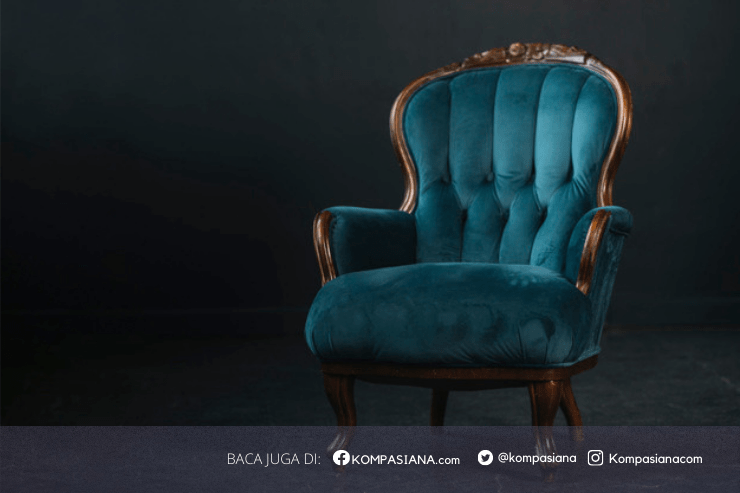I MADE SUMANTRA
I was born in Payogan village, near to Pucak Payogan temple from the parents named I Wayan Darpa and Ni Nyoman Suandi. Now, I live in Lungsiakan village, Kedewatan, Ubud, Gianyar.
I have been interested in mysterious and mystical things since I was in childhood. Secretly, I kept looking for a spiritual teacher to guide me. When I was a child, the people in the village blamed me as a strange boy because I always spent my time in Pucak Payogan temple.
Yoga can be generally defined as unification and relationship. What kind of unification? It means the unification of one self, in this case the soul (Atman) with the mighty god so that the life of the creatures will be based on the divinity awareness. By practicing it, hopefully the peaceful in the world can be created. Yoga is a life practice which is the application of Veda containing the life guidance and also soul evolution. Veda is the vision of god to holy man called Rsi in the past, and compiled by Maharsi Wyasa which is also known as Hyang Kresnadwipayana, with the assistance of his students: Rsi Pulaha (Paila) who compiled Rg Veda, Rsi Jaimini compiled Sama Veda, Rsi Waisampayana compiled Yajur Veda, and Rsi Sumantu who compiled Atharwa Veda. The development of this theory happened in the valley of holy river 'Sindhu', located in Bhatarawarsa, India. The theory of Veda generally guides us to believe in five things:
1. Brahman, believe in the mighty God and all of the aspects.
2. Atman, believe in soul which is the spirit that makes the creatures alive.
3. Karmaphala, believe in the law of cause and consequence of everything we do.
4. Punarbhawa, believe in reincarnation.
5. Moksa, believe in eternal happiness, the unification of the soul with the mighty god.
Furthermore, the development of the theory of Veda in India was divided into four period, they were:
1. Veda period (2500 BC) Veda was started to be taught to the Arya people and then began to spread
in the valley of Gangga and Yamuna. In this period, the theory of yoga was centralized on the
sense of devotion towards God. Worship was the main characteristic of the application of this Yoga.
At that time, people really hanged themselves on God, not because of afraid, but it was caused
by their sense of whole-hearted devotion.2. Brahmana period (1000 BC) At this time the application of Yoga was centralized on whole-hearted
sacrifices or offerings. There was a belief that holy offerings would bring the supernatural power of
god to protect the human being. Then, various kinds of ceremonies based on the need and situation
began to appear. It aimed to vibrate the balance of this world.3. Upanisad period (800 BC) Upanisad itself means sit near to teacher. At this period the theory of
Yoga began to be taught by the holy men (teachers). The people started to bring themselves closer
to the teacher to practice Yoga and Spiritual. They started to learn about God and all of his
creations through thinking capacity and synthesis analysis. People wanted to know what god is and
why should we be in this world. What is that for? The people tried to understand about the essence
of life in the world.
4. Tantrayana period (600 BC) At this period, the theory of Yoga was centralized on supernatural
power. People yearned for the power owned by the god and wanted it to be theirs. They want to be
as powerful as the god. That was why, the practice of Yoga and all its branches then appeared.
At this time, Siwa and and supernatural power became the object of the Yoga practice.
The spreading of Yoga from India to Indonesia was handled by Maha Rsi Agastya who came from
Kasi, Benares, India. The spreading of Yoga in Indonesia couldn't be separated from the history of
the kingdoms in Indonesia, such as:
- The kingdom of Kutai, with the king named Mulawarman, the son of Aswawarman, the
grandson of Kudungga in the year of 400.
- The kingdom of Tarumanegara in west Java including the area of Bogor, Jakarta, and
Banten/ Lebak Munjul, with the king named Purnawarman in the year of 400-500.
- The kingdom of Kalingga in the middle part of Java with the queen named Ratu Sima in the year of 650.
- The kingdom of Sriwijaya in Sumatra, with the king named Hyang Sri Jayanasa in the year
of 684.
- The kingdom of Mataram in the middle part of Java with the king named Sanjaya in the year
of 732.
- The kingdom of Kanjuruhan in Dinoyo village, Malang, East Java with the king named
Dewasimha in the year of 760.
- The kingdom of Isanawangsa in East Java with the king named King Sindok in the year of








